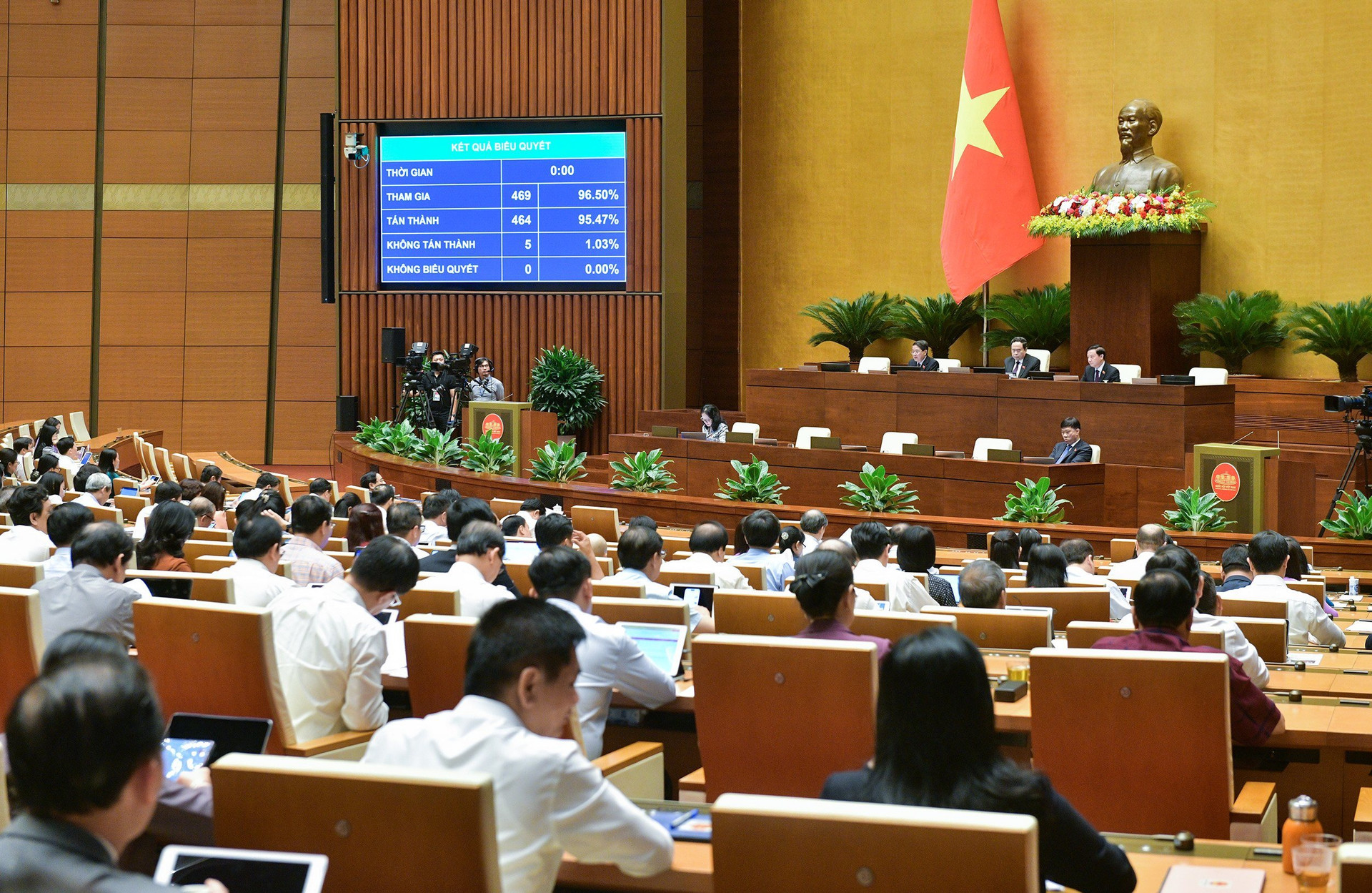
Delegate Le Huu Tri (Khanh Hoa National Assembly Delegation) highly agreed on the necessity of promulgating the Law on Urban and Rural Planning and said that in order to facilitate the implementation of the Law in practice, the draft Law stipulates that urban and rural planning, i.e. general planning, has a term of 20-25 years, which is consistent with the roadmap for implementing investment and construction activities in urban and rural areas. However, according to the provisions of the 2017 Law on Planning, provinces and centrally run cities must establish and approve provincial planning according to a planning period of 10 years. Therefore, the draft Law needs to have clearer regulations and requirements on the content of types and levels of urban and rural planning in accordance with the planning period according to the provincial planning. At the same time, reviewing the provisions in Article 5, it is necessary to clearly stipulate the case of zoning planning and detailed planning when the planned planning boundary has overlaps and intersections between functional areas and urban areas, between functional areas and rural areas, between urban areas and rural areas.
According to National Assembly Deputy Duong Khac Mai (Dak Nong Delegation), the drafting of the law aims to perfect policies and laws on planning, harmoniously combining urban development with new rural construction, meeting the requirements of sustainable socio-economic development. In the trend of opening up to receive and tolerate influences from many cultures, urban and rural planning is facing great challenges. Most noticeable is that in terms of architecture, globalization, modernization and urbanization have given rise to a number of negative impacts on traditional architectural values in order to maximize usable area, so the competition for height in urban areas has not shown signs of decreasing, apartment buildings are always rising. Therefore, green space and infrastructure will be lacking due to high population density. This contributes to environmental pollution, the rural landscape gradually disappears, cultural symbols such as banyan trees, water wharves, communal houses, traditional architectural houses are replaced by tube houses, houses with foreign architectural styles, and stereotyped architecture. Therefore, to ensure sustainable development planning of urban and rural planning activities, it is necessary to study and supplement the principles of protecting, inheriting, promoting traditional values, national cultural identity, and respecting regional cultural spaces.
Meanwhile, according to National Assembly Deputy Mai Van Hai (Thanh Hoa Delegation), it is necessary to clarify the relationship between urban and rural planning, which is national sectoral planning, and urban and rural planning under the national planning system, to avoid overlap between plans. In addition, it is necessary to consider regulating the relationship in establishing urban and rural planning, especially the relationship between rural planning for districts and communes and urban planning for towns, townships, and new urban areas.
According to National Assembly Deputy Hoang Van Cuong (Hanoi Delegation), although urban planning and rural planning are two different categories, their contents are closely intertwined. Because in the countryside there are urban areas, for example, towns in rural areas or in urban areas there are rural areas. Therefore, it is necessary to form a common Law on urban and rural planning; covering all subjects that need planning but not duplicating or overlapping between plans.
National Assembly Deputy Thai Thi An Chung (Nghe An Delegation) said that according to the provisions of the 2017 Planning Law, provinces and centrally run cities must establish and approve provincial planning according to a 10-year planning period. Meanwhile, the draft Law stipulates that urban and rural planning for general planning has a term of 20-25 years, and the vision of the general planning of centrally run cities is 50 years. This lack of uniformity leads to the process of implementing planning options for integration and forecasting to be difficult to ensure synchronization and compatibility, and the time of connecting centrally run cities does not have to establish provincial land use planning but still has to establish provincial land use planning. If the periods of these plans are not uniform, it will lead to difficulties in establishing provincial and district land use planning. Therefore, it is necessary to study to have more appropriate regulatory solutions on this issue. It is possible to specify additional time in the short-term period of 5 years or 10 years. That is, to divide the planning to synchronize with other planning.
Explaining the general planning for urban areas for centrally run cities, Minister of Construction Nguyen Thanh Nghi said that according to the 2024 Land Law, the provincial land use planning has a similar role to the general planning of centrally run cities, concretizing the provincial planning of centrally run cities. In addition, the 2024 Land Law also stipulates in Article 65 that centrally run cities that have a general planning approved in accordance with the provisions of the law on urban planning do not have to develop provincial land use planning but rely on the general planning to develop land use planning. Accordingly, the general planning of centrally run cities plays the role of both guiding spatial development and determining provincial land use targets for centrally run cities. Therefore, it is necessary to develop a general planning for centrally run cities.
COMMUNICATION NO. 29 OF THE 7TH SESSION, 15TH NATIONAL ASSEMBLY
On June 28, the National Assembly continued its 27th working day. In the morning, the National Assembly held a plenary session in the Hall to listen to Member of the National Assembly Standing Committee (NASC), Chairman of the NA Law Committee Hoang Thanh Tung present a Report on explanation, acceptance and revision of the Draft Law on the Capital (amended). The NA then voted to pass it. Next, the NA listened to Member of the NASC, Chairman of the NA Economic Committee Vu Hong Thanh present a Report on explanation, acceptance and revision of the NA's draft Resolution on the investment policy of the North-South Expressway construction investment project, western section, Gia Nghia (Dak Nong) - Chon Thanh (Binh Phuoc). The NA then voted to pass it. Also on the morning of June 28, the NA discussed in the Hall the draft Law on Urban and Rural Planning. At the end of the discussion, Minister of Construction Nguyen Thanh Nghi explained and clarified a number of issues raised by NA deputies.
In the afternoon, the National Assembly held a plenary session in the Hall, listening to Member of the Standing Committee of the National Assembly, Chairman of the National Defense and Security Committee of the National Assembly Le Tan Toi present a Report on explanation, acceptance and revision of the draft Law amending and supplementing a number of articles of the Law on Guards. Next, the National Assembly discussed in the Hall the draft Law on Geology and Minerals. At the end of the discussion, Minister of Natural Resources and Environment Dang Quoc Khanh explained and clarified a number of issues raised by National Assembly deputies. After that, the National Assembly held a separate meeting, listening to Member of the Standing Committee of the National Assembly, Chairman of the National Assembly's Committee on Science, Technology and Environment Le Quang Huy present a Report on explanation, acceptance and revision of the draft Resolution on national maritime space for the 2021-2030 period, with a vision to 2050. The National Assembly then voted to pass it.
According to VPQH
Source: https://daidoanket.vn/quy-hoach-do-thi-va-quy-hoach-nong-thon-dam-bao-dong-bo-thong-nhat-voi-cac-quy-hoach-khac-10284368.html





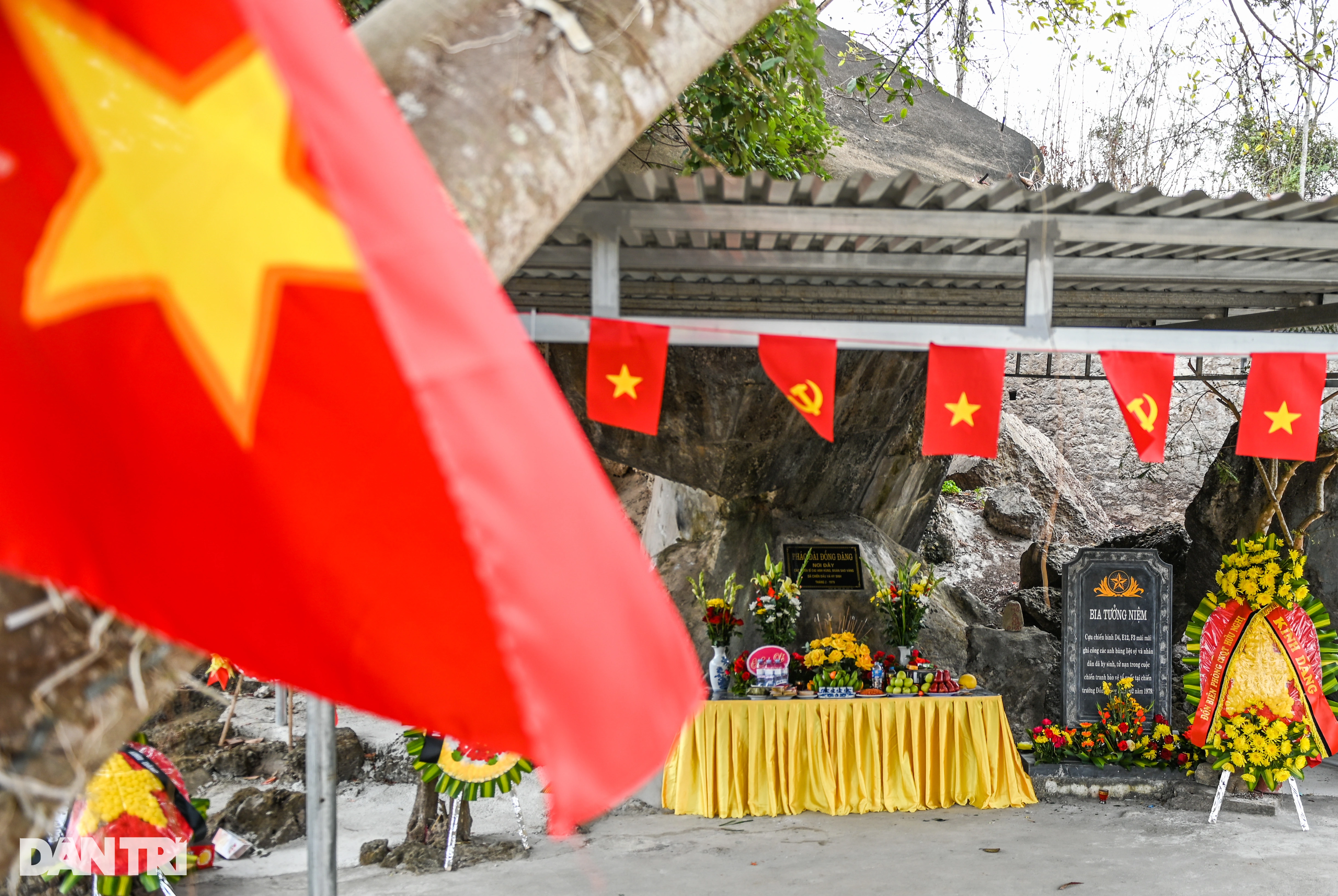
























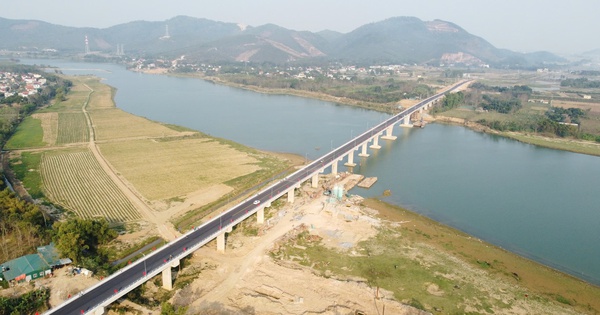

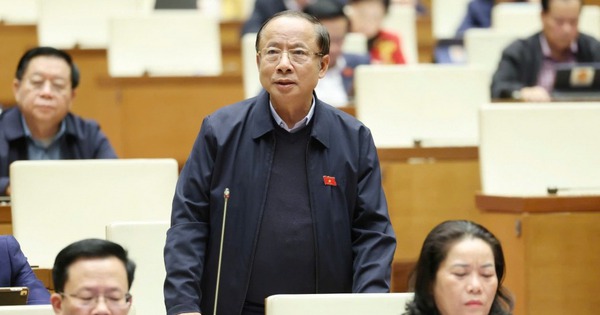

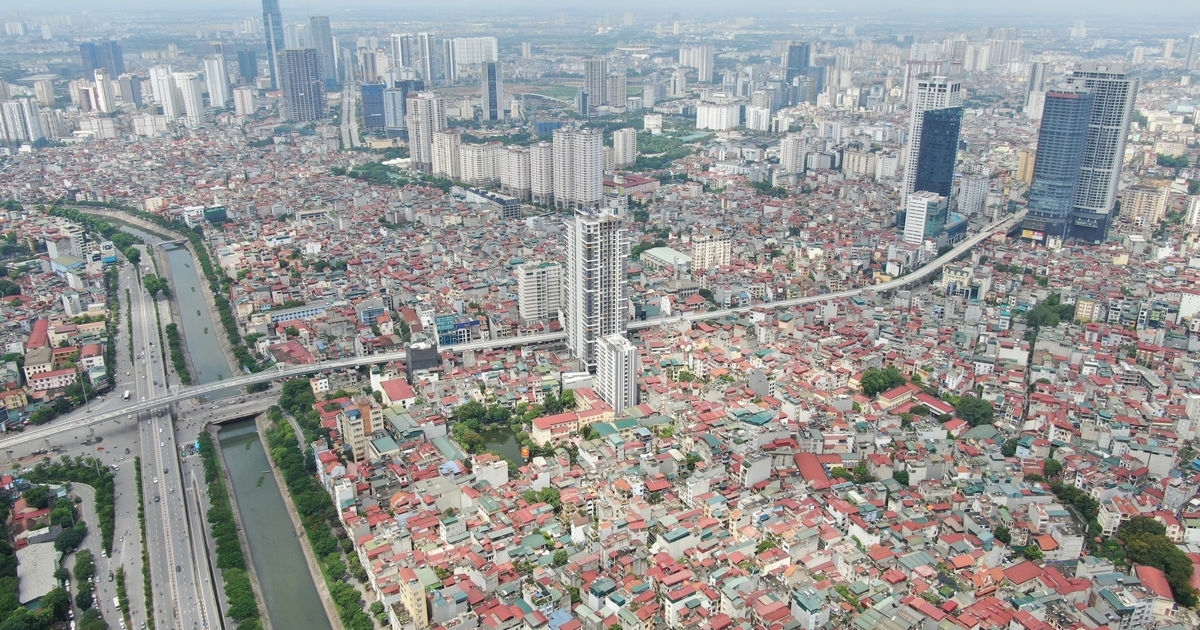

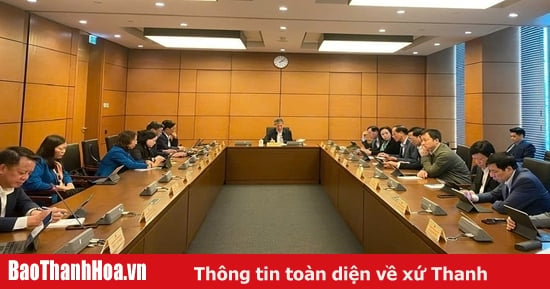


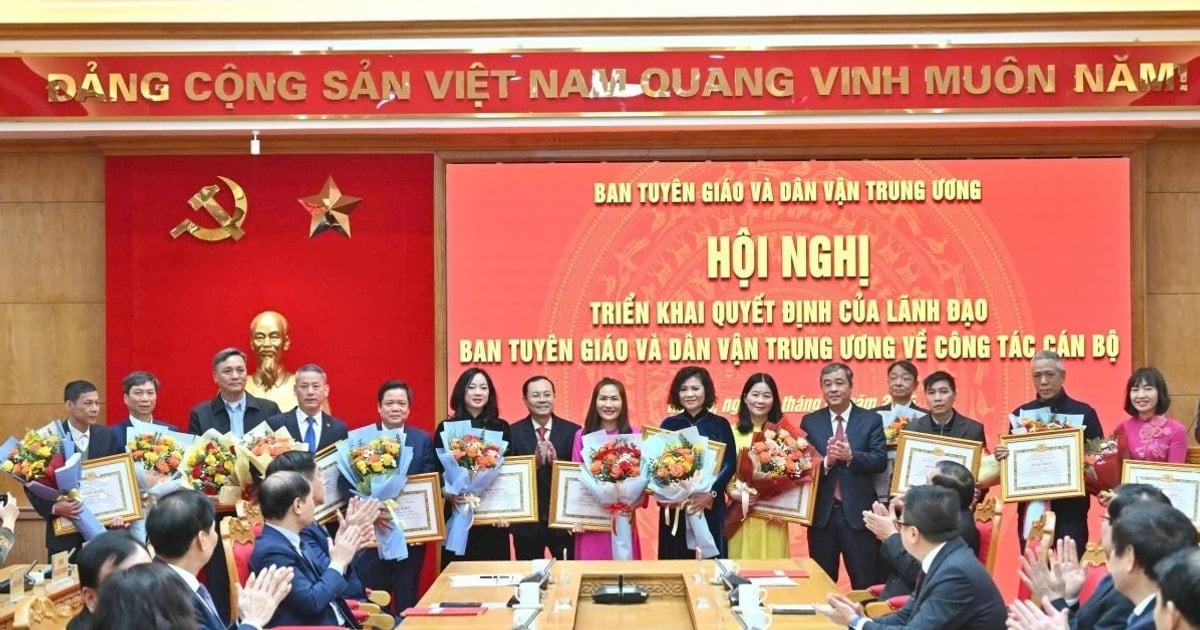


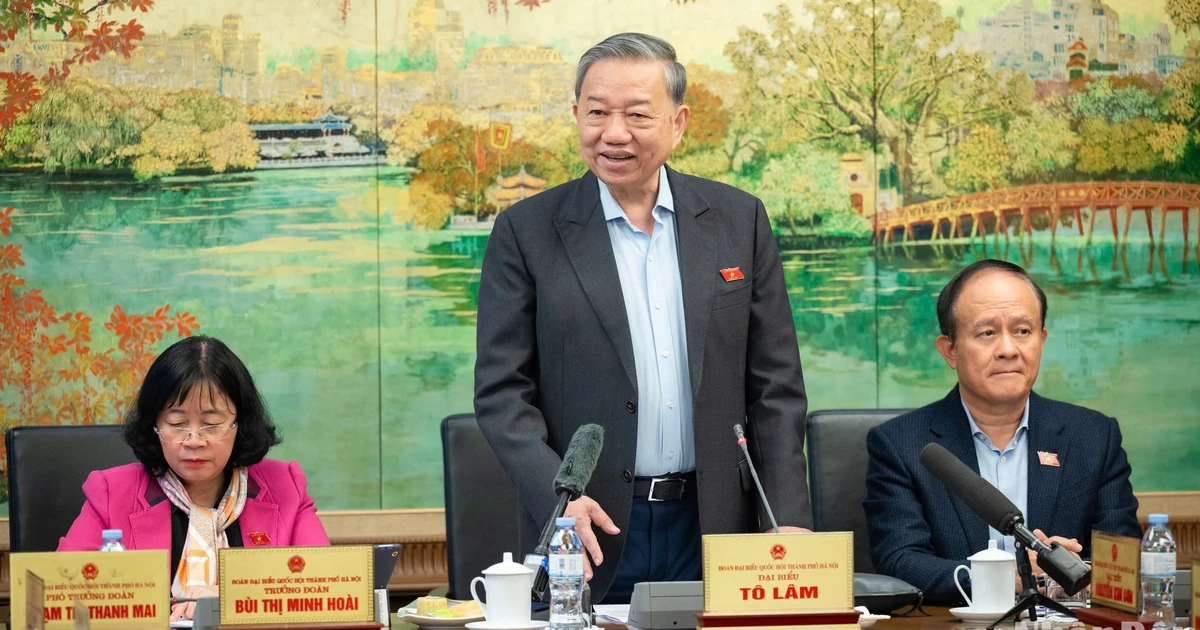
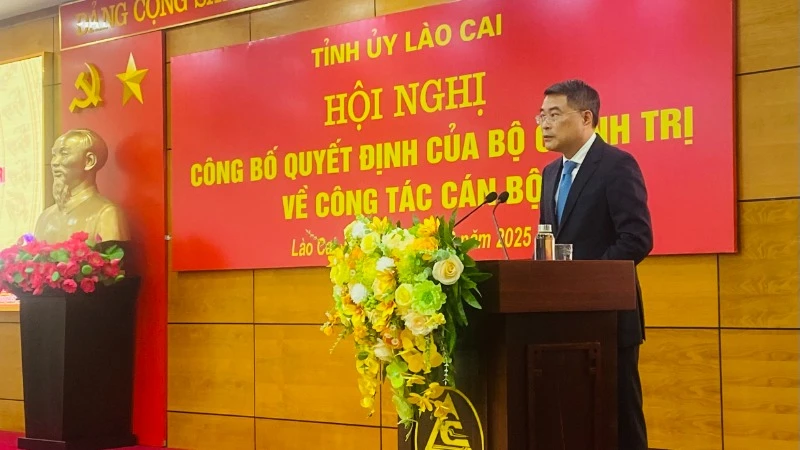
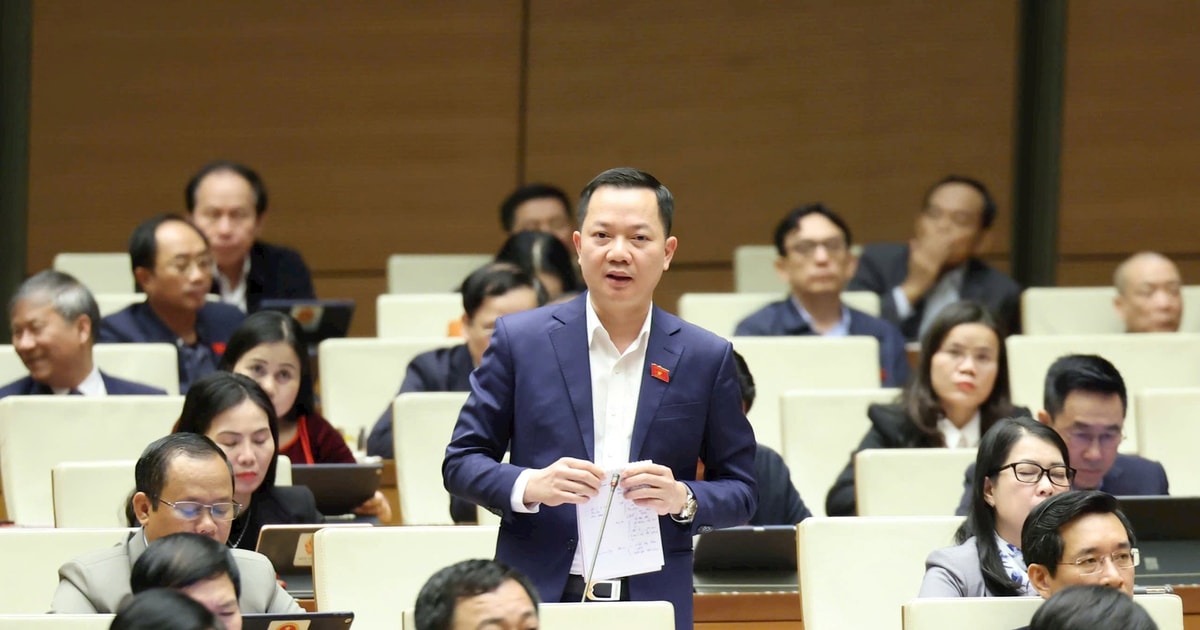
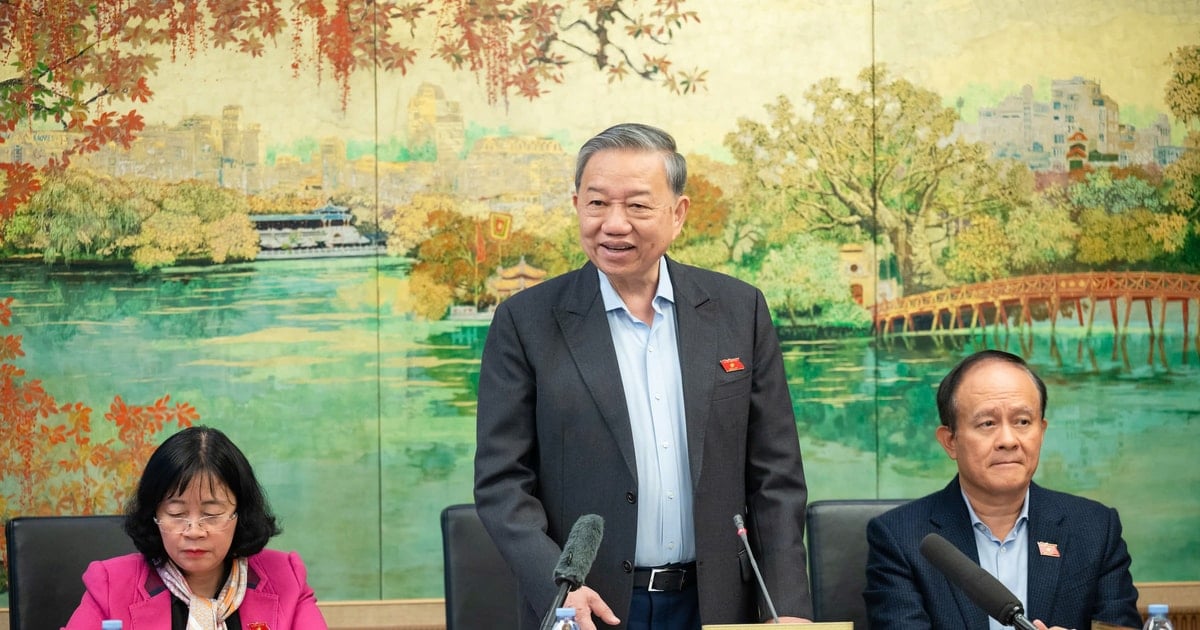
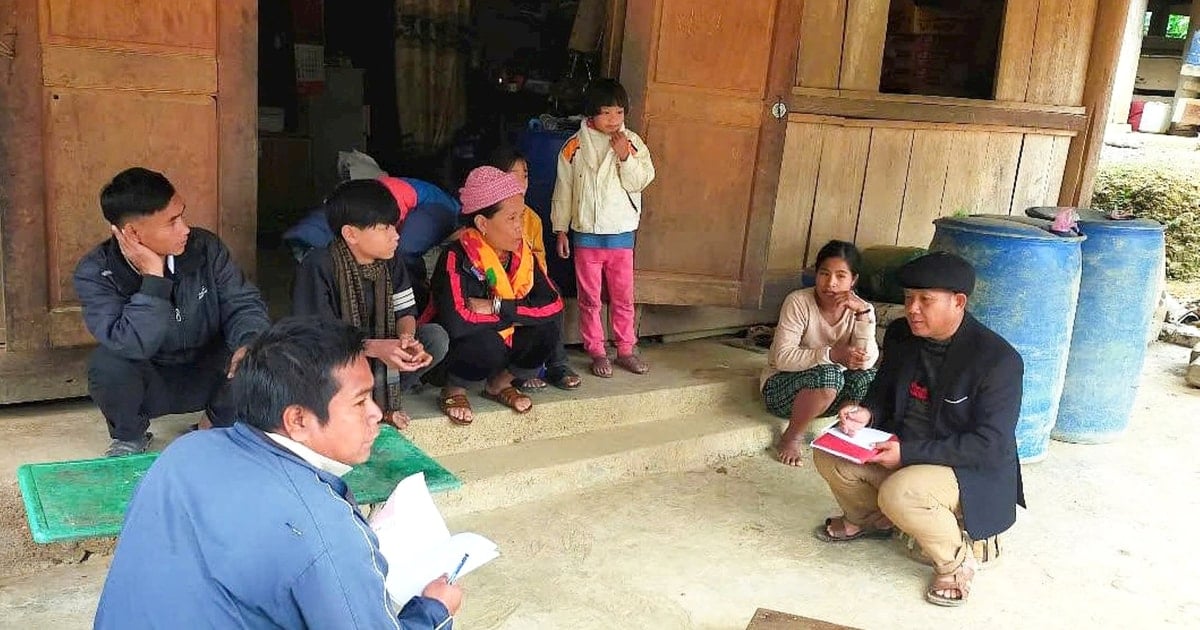
















Comment (0)